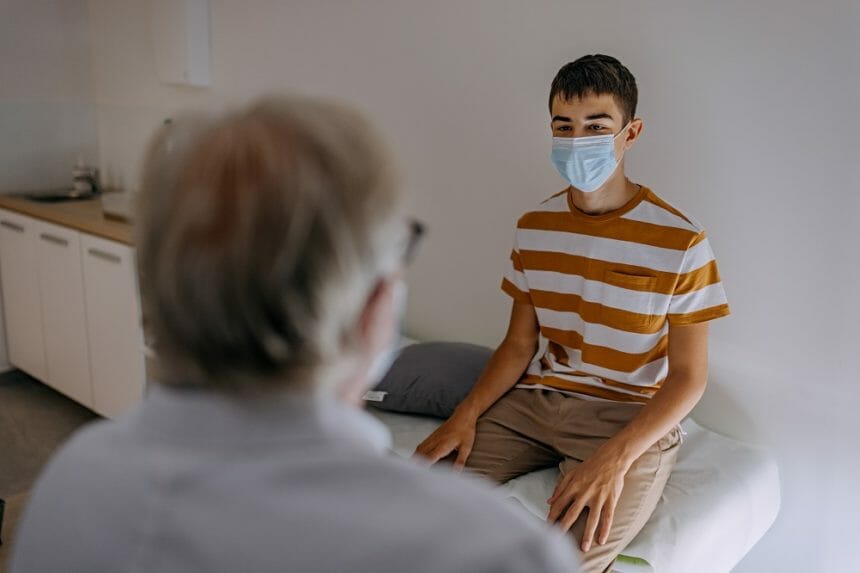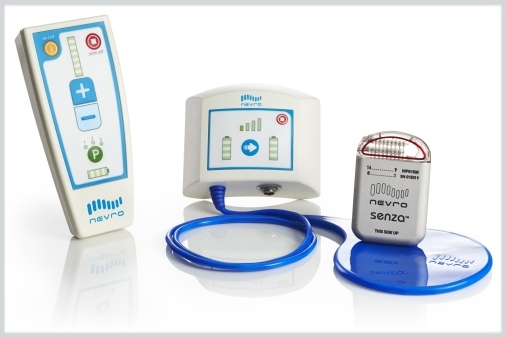A growing number of pain medicine specialists are expressing concern over violent attacks and how best to liaise with their local police department after the murder of 2 physicians over complaints of ongoing back pain.
A 45-year old man entered the St. Francis Health System building in Tulsa, Oklahoma on June 2 and killed 2 physicians, a receptionist, and a man visiting a patient. 1 Local police said the man targeted his surgeon because he blamed him for ongoing pain after back surgery. The man died after a self-inflicted gunshot in the building and left a letter behind that stated he would kill his surgeon and anyone who got in his way.
The steady increase in violence against physicians and other health care providers has been attributed to the push to prescribe nonopioid alternatives and wean off patients from highly addictive pills. Chad Brummett, MD, a professor of anesthesiology and the co-director of the Opioid Prescribing Engagement Network at the University of Michigan in Ann Arbor, said death threats over opioid denial has been a growing issue over the last few years. However, it is now sharply escalating and many practitioners worry about themselves and their staff. “I have had my life threatened in person and on phone calls from patients I have seen and some I have never seen. There have been some threats through social media interactions,” said Dr Brumett.
He said the key to deescalating these situations is to make sure the individual feels they are being heard, even when they are acting inappropriately and making threats. “We have to let them know we care. I think that includes being transparent. You have to look them in the eyes and say I am not giving you pain medications today and this is why,” said Dr Brumett. “It is a complicated situation and I think it is going to come down to how you and your staff interact with people.”
With a steady stream of highly publicized attacks on physicians, some law enforcement agents are being placed on a higher alert. “We are seeing more rapid responses to threats, but without security, nothing will seem fast enough,” said Dr Brumett.
Workplace Violence Prevention and Beyond
According to an American College of Emergency Physicians, 47% report having been physically assaulted while at work, with 51% reporting that patients also have been physically harmed.2 Beyond the immediate physical impacts, the risk for violence increases the difficulty of recruiting and retaining qualified health care professionals and contributes to greater levels of physician burnout.
Recently, the ACEP and the Emergency Nurses Association joined forces on No Silence on ED Violence.3 It is a joint campaign to stop attacks on physicians and protect emergency department professionals and patients.
There are many factors contributing to the increase in violence against physicians, and there is no 1-size-fits-all solution. Employers and hospitals are now being encouraged to develop workplace violence prevention and response procedures that address the needs of their particular facilities, staff, contractors, and communities.
“I have never had my life threatened and I would really urge that we step back and recognize that the interactions that doctors have with patients concerning opioid prescription have become very myopically focused of yes or no,” said Stefan G. Kertesz, MD, MSc, who is a physician in internal medicine and addiction medicine and a professor at University of Alabama at Birmingham School of Medicine.
To avoid the kind of violence that occurred in Tulsa, Dr Kertesz said physicians should take the time to talk to the patient about their history of pain and how they have had their pain treated in the past. He has a special interest in homeless health care and he sees firsthand the cycle of addiction and poor outcomes. Dr Kertesz acknowledged that many clinicians don’t want to treat addicts. “You have to understand what they have been through. Patients who have long-term pain have experienced harm within the health care system. They feel like they are held at a level of suspicion. You cannot view them as addicts,” he said.
Scott G Weiner, MD, MPH, associate professor of emergency medicine at Brigham and Women’s Hospital, Boston, Massachusetts, said every patient deserves compassionate care. Abruptly discontinuing opioids is harmful, as is continuing them when they are not helpful. Ideally, patients should have a multidisciplinary team addressing not just the physical pain, but also their psychosocial experience.
“A standardized, consensus-based and evidence-based approach to opioid treatment would be beneficial as opposed to the greatly variable and sometimes frustrating approach that many patients experience currently,” said Dr Weiner.
Improving Communication and Changing Expectations
Hannah Fish, PharmD, the director of strategic initiatives at the National Community Pharmacists Association, said managing pain properly from the start is key. This includes educating patients and setting clear expectations. “As a society, we have come to believe that living completely pain free is the minimal goal of therapy, exposing patients to exceedingly high doses of medications with high potential for dependence and/or abuse,” said Fish.
Furthermore, she said health system ratings and reimbursement are influenced by how well the patients’ pain is controlled during their visit, directly incentivizing prescribing to meet these expectations. “The pendulum of this ideology has contributed to where we are today dealing with an opioid epidemic. But now, because we are in the state of an epidemic, providers are scared of prescribing opioids and the liabilities involved, which subsequently restricts access to patients who truly need medication to assist with pain relief,” said Fish.
According to Dr Kertesz, these problems are escalating because of a lack of training for physicians in treating pain and addiction. “The rise reflected the impact of marketing on a background of no training. So, we were easy marks because of no training,” said he said.
Clinicians are encouraged to work with pharmacists and patients to explore all potential options for therapy, determine the right medication and doses when appropriate, and collaboratively manage the patient’s pain journey. “Pharmacogenomic testing should also become more routine when managing pain so there is a better understanding of the patient’s metabolism of opioids, potential for higher utilization needs, or risk for dependence,” said Fish.
When patients living with pain end up lashing out, they are usually desperate and scared. They are sick and feel they have nowhere else to turn. “Society has stigmatized these individuals and now health care providers are hesitant to help them. Therefore, we need to work to destigmatize substance use disorders. We need to provide more access to resources for patients suffering from pain, and those struggling with dependence and addiction who are looking for help,” said Fish.
References
1. Pain management: Tulsa shooting exposes threats doctors face. News release. Associated Press. June 2, 2022. Accessed July 1, 2022. https://apnews.com/article/health-tulsa-oklahoma-violence-shootings
2. American College of Emergency Physicians. ACEP Emergency Department Violence Poll Research Results. Published September 2018. Accessed July 1, 2022. https://www.emergencyphysicians.org/globalassets/files/pdfs/2018acep-emergency-department-violence-pollresults-2.pdf
3. No Silence on ED Violence. About Us. Accessed July 1, 2022. https://stopedviolence.org/about-us/






